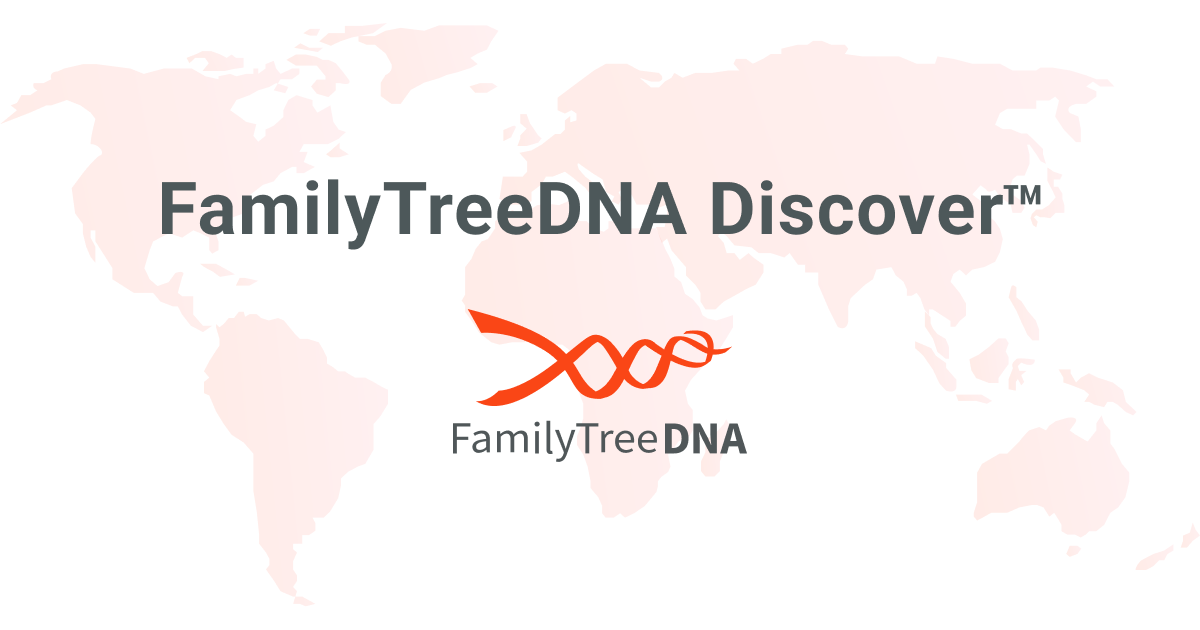Enforcing engineering principles on the premise of yfull subclades listing is like doing Turkish Coffee Fortune Telling.
Bulgaria not being in E-V13 Z5018 means that E-V13 Z5018 had more of a Central Balkan spread in antiquity perhaps. Z5018 has a spread in Central-Western Europe where no Slavic presence was recorded, you could give various explanations, assimilated natives to Celts when they ran away from Dacian massacre and expulsion from Balkans, Roman military, earlier Hallstatt presence etc, etc. Various and more complex explanation can be in the game.
E-Z5018 is everywhere, the ratio just means that E-Z5018 is more dominant in some areas, whereas in other areas different E-V13 subclades survived better. If we go further down the road, a fairly high portion of E-Z5018 is under E-S2979 and the largest portion of it comes from two main groups:
1. E-Z16659
2. E-FGC11457
Incidently, these are also the lineages which were strongly represented in the ancient DNA record of Hungary and are known to be dominant in East Asia, which supports a North Carpathian-steppe proximity. This suggests to me that in a centre of E-V13, dominated by E-S2979, clearly more Northerly positioned, these lineages grew and largely replaced or reduced the proportion of other branches. We might associate this with specific tribes and people, in my opinion Northern Thracians/Dacians.
Interestingly, they expanded later to the West than some older E-V13 branches. It simply suggests that in a core zone specific lineages got dominant over time and its this core zone the early Slavs had contact with the most. The Carpi and related Northern Dacian tribes come to mind primarily. I have little doubt that these two main branches were Dacian in origin.







